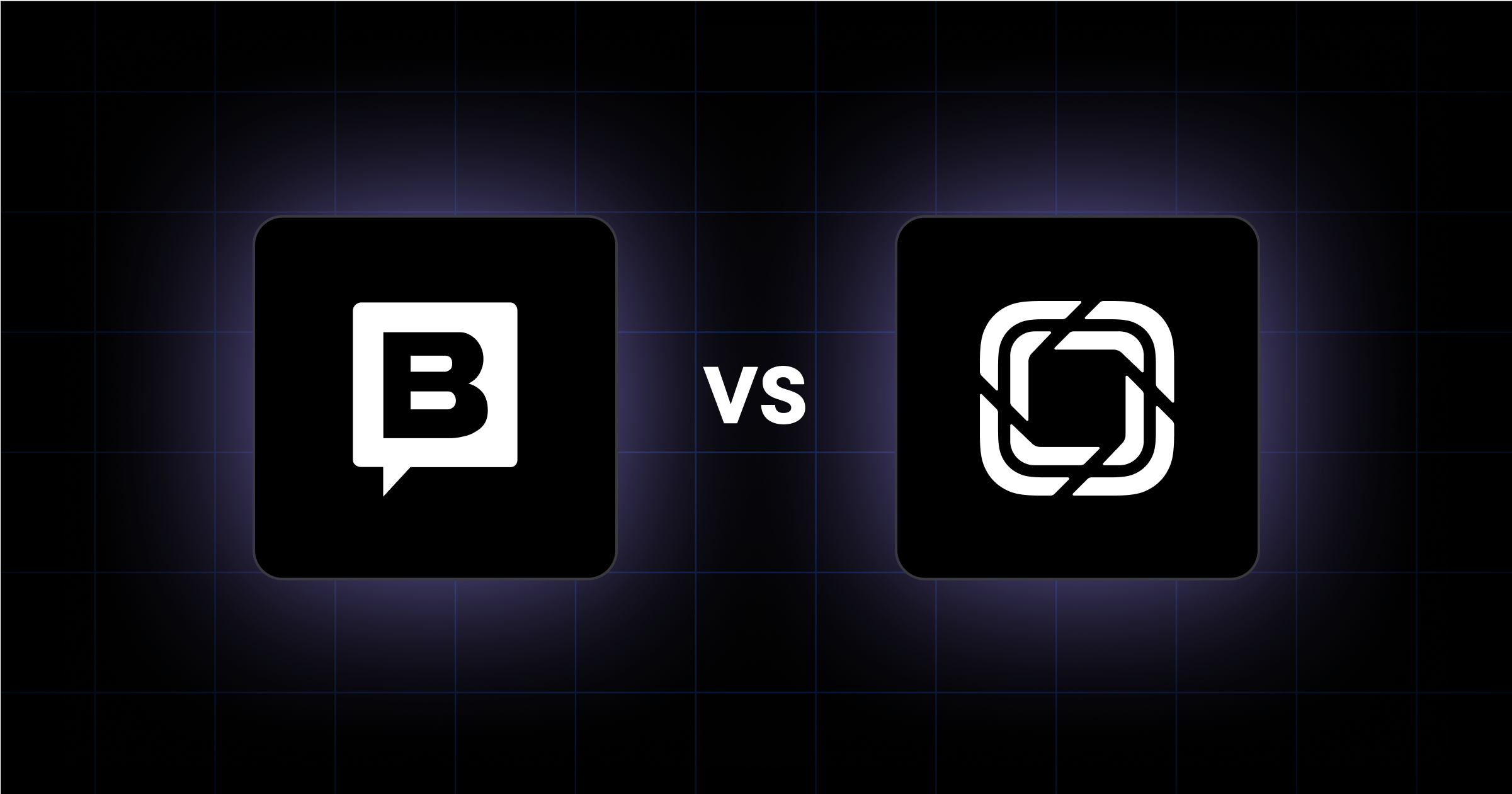You’ve probably noticed that some websites display a little padlock icon in the address bar. That’s HTTPS in action. It’s not just about security; it’s also about SEO.
If you’re wondering why your site’s search rankings aren’t where you want them to be, HTTPS might be the missing piece. Google has been pushing for secure websites for years, and it’s time to get on board. Let’s break down why HTTPS is so important for SEO.
Why is HTTPS Important for SEO?
You care deeply about making sure your website ranks higher in Google search results. HTTPS could be the game-changer you need.
HTTPS is a Google Ranking Factor
In 2014, Google announced HTTPS as an official ranking signal. At first, it was a lightweight signal, affecting fewer than 1% of global queries. But over the years, HTTPS has become much more significant. Google now ranks HTTPS websites higher in search results. If your site isn’t using HTTPS, you’re likely missing out on better rankings. Following enterprise website design best practices can further enhance your site’s security and SEO.
HTTPS Improves Traffic Reports and Analytics
HTTPS improves the accuracy of traffic source data in analytics. When traffic flows between HTTPS sites, it retains referral data. This means you can see where your visitors are coming from. Non-HTTPS sites often show traffic misleadingly as 'direct', making it harder to understand your audience and optimize your strategies. Tracking important website metrics can help you make informed decisions to boost your site's performance.
HTTPS is Required for Some Google Search Console Features
Google offers an HTTPS report in Search Console with insights on pages served over HTTPS. This report can show issues preventing pages from being served as HTTPS. If your site isn’t using HTTPS, you’re missing out on valuable data and insights that can help improve your site’s performance. Diversifying your content types beyond blog articles can also benefit from secure HTTPS, enhancing your overall SEO strategy.

How to Switch Your Website to HTTPS
Switching to HTTPS might seem daunting, but it's essential for your site's security and SEO. Here’s how to do it.
Acquire and Install an SSL Certificate
First, you need to get an SSL certificate. You can obtain one from a third-party provider or directly from your web host. Many hosting providers include SSL certificates as part of their packages. Choose the option that best fits your needs and budget. Once you have the certificate, follow the instructions provided by the issuer or your host to install it on your server. Implementing modular design principles can align with secure practices like HTTPS, enhancing your site's SEO.
Activate the SSL Certificate
After installing the SSL certificate, you need to activate it in your CMS settings. If you use WordPress, go to Settings, then General. Update both the WordPress Address (URL) and Site Address (URL) fields to the HTTPS version of your site. Save the changes. This step ensures that your site uses HTTPS for all URLs.
Set Up 301 Redirects from HTTP to HTTPS
Next, set up 301 redirects to ensure all traffic is directed to the HTTPS version of your site. You can do this by using a plugin or by editing your .htaccess file. For WordPress users, plugins like Really Simple SSL can handle this automatically. If you prefer to edit the .htaccess file, add the necessary redirect rules to ensure all HTTP requests are redirected to HTTPS. Adopting modular web design can improve site security and performance, contributing to better SEO.
Update Internal Links to HTTPS
Ensure all internal links on your site point to the HTTPS versions. This includes links in your content, menus, and widgets. Use a tool like Screaming Frog to crawl your site and identify any internal links that still point to HTTP URLs. Update these links to their HTTPS counterparts to maintain consistency and avoid mixed content warnings. Learn more about building a scalable website to support your growing needs.
Verify HTTPS in Google Search Console
Add the HTTPS version of your site to Google Search Console. Verify ownership of the HTTPS property. Once verified, declare the HTTPS version as the canonical version. This step helps Google understand that the HTTPS version is the preferred version of your site, ensuring it gets indexed and ranked appropriately. Optimizing your site architecture can further support HTTPS implementation and improve SEO.
Monitor Your SSL Certificate
Regularly monitor your SSL certificate to ensure it remains valid and error-free. Use a service like UptimeRobot to keep an eye on your SSL status. Set up alerts to receive notifications via email, SMS, or Slack if any issues arise or if the certificate is nearing expiration. This proactive approach helps maintain the security and integrity of your site. Regular website audits ensure your site remains secure and performs well in search rankings.
What are the SEO Benefits of Switching to HTTPS?
Switching to HTTPS offers several SEO benefits that can help improve your website's performance and visibility in search results.
HTTPS is a Confirmed Google Ranking Factor
Google has confirmed that HTTPS is a ranking factor. This means that sites using HTTPS are more likely to rank higher in search results compared to those using HTTP. The search engine prioritizes secure websites because they provide a safer browsing experience for users. Over the years, the impact of HTTPS on rankings has grown, making it a significant factor in SEO strategies. Following best practices for B2B websites can further enhance your site's trust and conversion rates.
HTTPS Creates Trust and Credibility with Website Visitors
When visitors see the padlock icon in their browser's address bar, they know that their connection to your website is secure. This visual cue builds trust and credibility, which can lead to longer site visits and lower bounce rates. Users are more likely to engage with and return to a site they perceive as safe, improving overall user experience signals that Google considers in its ranking algorithm.
Referral Traffic Data is Preserved When Passing Between HTTPS Sites
One of the technical benefits of HTTPS is the preservation of referral traffic data. When traffic moves from one HTTPS site to another, the referral data remains intact, allowing you to accurately track where your visitors are coming from. In contrast, traffic from an HTTPS site to an HTTP site often appears as 'direct' traffic in analytics, obscuring the true source. Accurate referral data helps you better understand your audience and refine your marketing strategies. Explore driving B2B website traffic to complement the benefits of HTTPS.
HTTPS is Required to Access Certain Features and Reports in Google Search Console
Google Search Console offers several features and reports that are only available to HTTPS sites. For instance, the HTTPS report provides insights into which pages are served over HTTPS and highlights any issues preventing pages from being secure. This data is invaluable for maintaining and improving your site's security and performance. Without HTTPS, you miss out on these critical insights and tools that can help you optimize your site for better search rankings.

Is switching to HTTPS worth it for SEO?
Switching to HTTPS is definitely worth the effort for several reasons. First, the SEO benefits are clear. HTTPS is a confirmed ranking factor, which means sites using HTTPS are more likely to rank higher in search results. This can lead to increased visibility and more organic traffic. Learn more about improving website ROI through SEO improvements, including secure HTTPS implementation.
In today's digital landscape, HTTPS is a core component of modern SEO. It's not just an optional extra anymore. With the increasing focus on user security and privacy, having a secure website is a must. Users expect it, and search engines prioritize it.
Google continues to prioritize secure, high-quality user experiences. This means that HTTPS is increasingly tied to strong search rankings. If your site is not secure, you risk falling behind in search results, which can impact your traffic and overall online presence.
For website owners focused on security and visibility, moving to HTTPS is an essential step. It helps build trust with your visitors, which can lead to longer site visits and lower bounce rates. This, in turn, can improve your site's performance in search results.
HTTPS is key to maintaining a strong, secure, SEO-optimized online presence. It ensures that your site is protected from potential threats, and it helps you stay competitive in search rankings. If you haven't made the switch yet, now is the time to do it.
Ready to elevate your website's performance and security? See the Webstacks difference: Schedule a brief discovery call today. Let us help you create a stunning, high-performance website that drives results.




